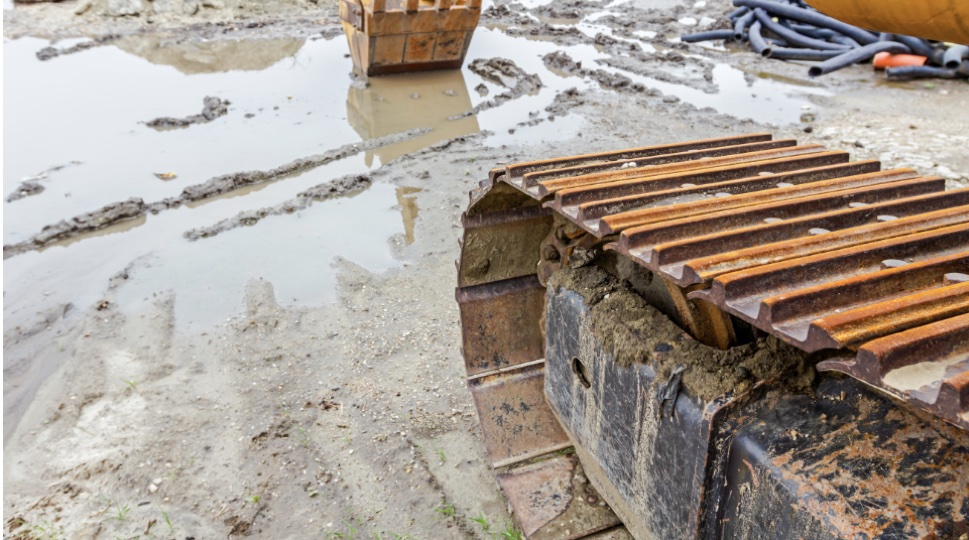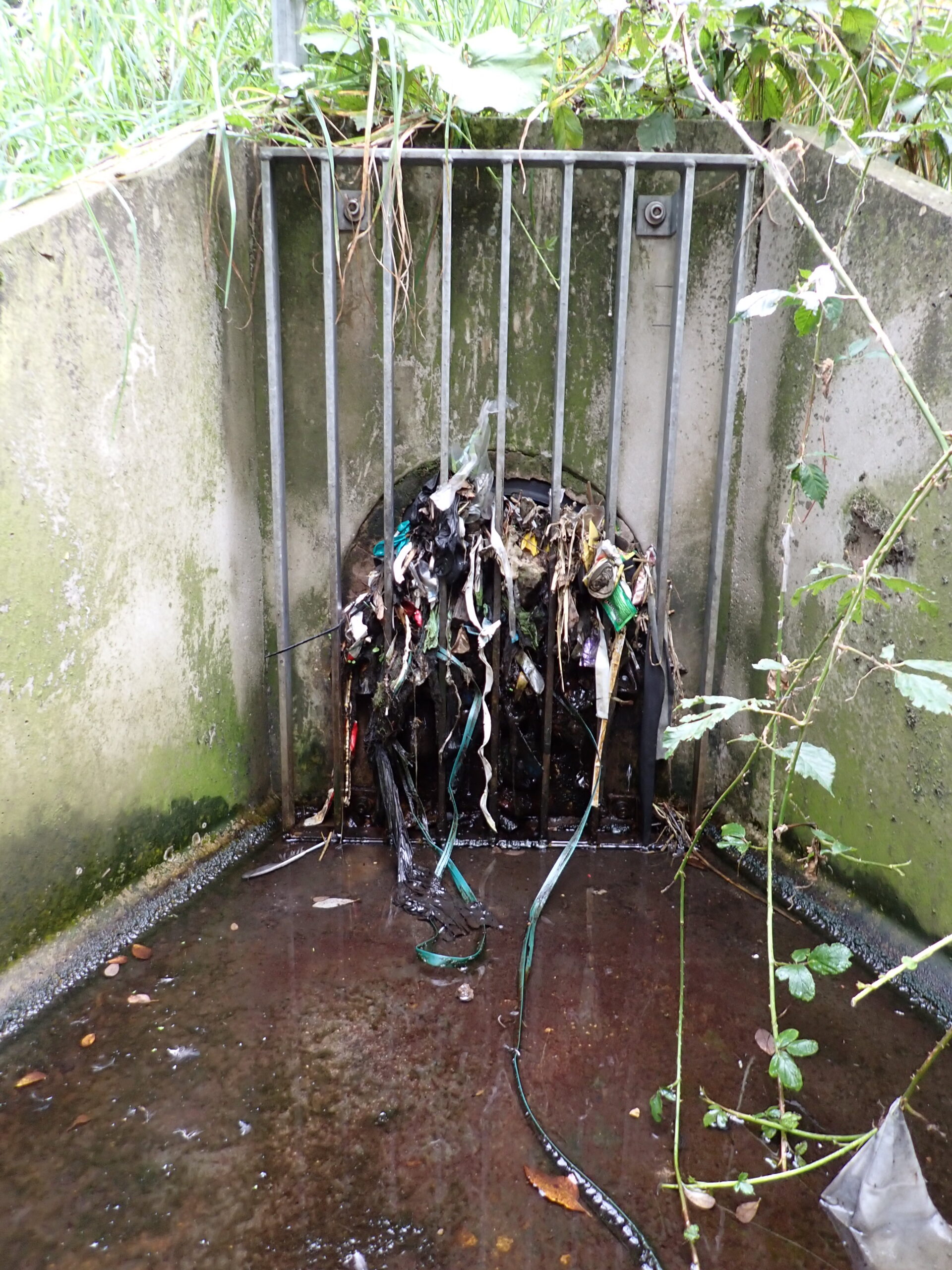In this article, we discuss the causes of sediment pollution, its impacts on the environment, and what we can do to help reduce the amount of sediment entering stormwater.
Where Does Sediment Pollution Come From?
In general, sediment is composed of loose soil particles that have been dislodged from the land by erosion. Erosion itself is a geological process where earthen materials are swept up and transported by the forces of wind and rainwater. Raindrops that fall from the sky have enough force and momentum to dislodge particles from uncovered soil—that is, soil that is unplanted and exposed to the elements.

In urban areas, construction sites can be a particular problem for sediment pollution. When construction sites start work, they often strip away the topsoil first, exposing the mud, clay and earth across the site. Huge volumes of silt-laden water, often badly discoloured brown or black, can converge on the site when it rains.



Left: Sediment in a suburban Sydney creek with active construction nearby. Right: The same creek with clearer water.
Sediment that comes from construction sites and urban areas are not only limited to mere soil particles. They also include ‘city dust’, which covers all the types of dirt and pollutants that build up on urban surfaces. Such pollutants include heavy metals, microplastics from tyre wear, decaying organic matter from foliage and pet droppings, commercial chemicals, hydrocarbons from leaked or spilt gasoline on roads, and more.
Eroded soil particles from riverbanks are also a major source of sediment. While riverbanks are naturally subject to some level of erosion, the riverbank erosion is exacerbated by vegetation clearing in urban areas.

How Does Sediment Pollution Affect the Environment?
- Sediment pollution makes waterways turbid – sediments can remain suspended in the water column, negatively affecting aquatic plants and animals. When the water column is cloudy with particulate matter, the amount of sunlight penetrating it is limited. This affects the photosynthesis of the very plants that provide food and oxygen for other living things in the water body. Water turbidity also hinders the ability of aquatic animals to look for food.
- Increased sedimentation disrupts the food web – When sediment settles on a riverbed, it creates a ‘blanket’ that can smother small insects and fish eggs and destroy fish spawning grounds. If the sediment badly affects the insect populations, this has a knock-on effect on the fish populations as there is less food.
- Sediments can carry toxins – Sediments that are washed away from urban areas and introduced to waterways can also carry chemical contaminants that can poison aquatic life.
- Sediment pollution can cause algal blooms – Apart from toxic chemicals, sediments can also introduce excessive levels of nutrients (e.g. Phosphorus and Nitrogen), which increases the risk of algal blooms. Algae feed on these excess nutrients, and high algal growth in a waterbody can starve it of oxygen, causing die-off of other aquatic life.
What can we do to reduce sediment pollution?
There is a combination of solutions we can implement to prevent, control, and reduce sediment pollution. These solutions include:
- Stop sediment pollution at source, especially from Construction sites – There are many ways to reduce sediment pollution on construction sites, like using sediment mats, sedimentation tanks, and silt fences.
New technologies are coming onto the market using filtration systems that will help manage siltation. But the most important solution is for construction site managers to have a management plan in place for their silty water before the job even starts so that they are not ‘caught out’ when it rains. Guidance from CIRIA provides some helpful information on controlling sediment pollution.
- Installing Stormwater Treatment devices – Stormwater needs to be treated by installing sustainable drainage systems in towns and cities. We can direct the stormwater into bioretention areas, swales, or manufactured treatment devices before pollution and sediment enter rivers and streams.
These devices will capture some of the sediment and the associated toxins before they escape into the environment, particularly in areas where the rivers are small and sensitive, and support populations of protected species. We can also control pollution from sediment by improved street sweeping and by better farming practices.
- Planting more trees and shrubs – Vegetation helps reduce soil erosion as plant roots help keep soil particles intact. Planting trees and shrubs, particularly near waterways, can be a great way to prevent further sediment pollution.







